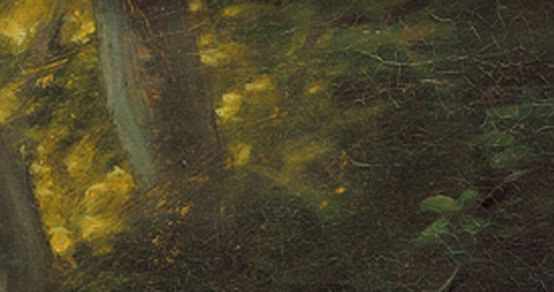Fantasy for piano
Every Friday, Beethoven is here. To mark the 250th anniversary of Beethoven's birth, each week the Swiss Music Review takes a look at a different work from his catalog. Today, for the Piano Fantasy in G minor.

Only very rarely (almost never, in fact) does a pianist still dare to improvise one of those cadenzas so strongly requested in the piano concertos created in the 1800s, when the orchestra was silent in a chord of fourths and sixths. This art, taken for granted at the time, in which we enjoyed letting ourselves go through motifs, themes and tonalities, has been forgotten in just two or three generations. On the other hand, ready-made cadenzas emerged, which could simply be chosen and played back. Beethoven already wrote them down on request; later, renowned pianists and composers took up the task too: Brahms, Bülow, Busoni, Fauré, Godowsky, Liszt, Medtner, Moscheles, Reinecke, Rubinstein, Saint-Saëns, Clara Schumann, to name but a few.
This old spirit of improvisation is also expressed in the Fantasia op.77 - although musicologists have often tried to discover references in minute details to defend the composer in this rather unpopular work. Beethoven was not only an enlightened composer, but also (as is often forgotten) a pianist, and for most of his life. Carl Czerny, in his Kunst des Vortrags (Art of Interpretation) in 1842, made explicit reference to it: "This intelligent fantasy gives a faithful picture of the way he [Beethoven] improvised when he didn't want to tackle a specific theme: he let his genius invent ever-new motifs." This does not contradict the fact that this work was preceded by sketches, and that its manuscript is traced in the most beautiful of scripts: all good improvisation (even in jazz) is based on a form, whether written or just mentally imagined. But if we consider the musical context in 1809, Beethoven's Op. 77 seems to be right up there with the times, combining free imagination with a short series of (figurative) variations. Czerny also notes this in his Anleitung zum Fantasieren (Guide de la fantaisie, 1829), in which he recommends lengthening improvisations, adding that it is appropriate here "to invoke the theme that is to follow by making an appropriate introduction to it". Many long-forgotten works by other composers were based on this structure (Hummel, Steibelt...). With Beethoven, however, and as is often the case with him, the fantasy (though printed) remains unique.
Aufnahme auf idagio
Keeping in touch
A weekly newsletter reveals the latest column on line. You can subscribe by entering your e-mail address below, or by subscribing to our RSS feed.








